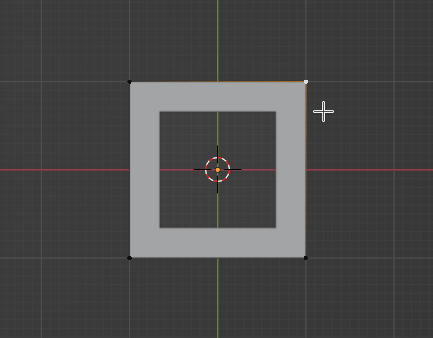Suppose I have a mesh or a simple curve consisting of four (or some more) points.
Now I want to scale them inward with constant distance to the edges.
This works fine (with a little effort) under some circumstances.
But when the scaling reaches a certain level, the points start to protrude into each other. This is especially noticeable with curves that consist of several points, or that do not contain straight lines, as well as points that are close together.
My goal would be the following (simplified sketched):
On the left is the starting point, in the middle a scaling with constant strength, and on the right the result I would like to have as soon as the distance is a little higher.
Clearly, the inner curve in this example would then have to consist of only three points instead of four, which is absolutely OK.
Only how do I get to this result in the first place?
The solution here helped me, but causes the points to protrude into each other from a certain curvature or thickness:
Solving Uneven Profile Curve Thickness with Mesh Extrusions?
This solution is also not uninteresting, but much too computational in this case:
How to displace a curve without introducing artifacts at tight turns?
I am looking for a simple mathematical solution for a relatively simple shape on the X/Y plane (Geometry Nodes only!)







Geometry Proximityor similar, but works ;-) $\endgroup$